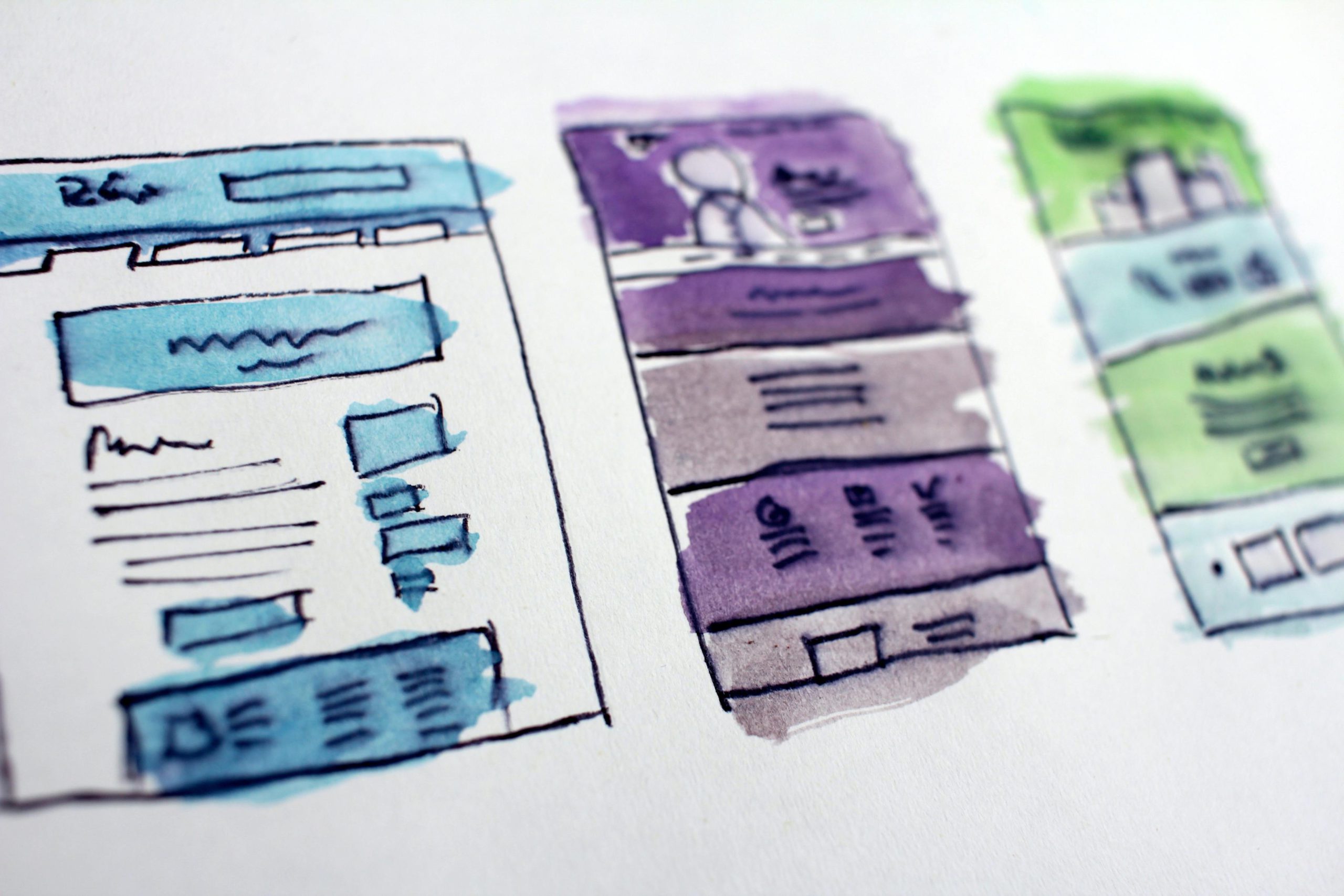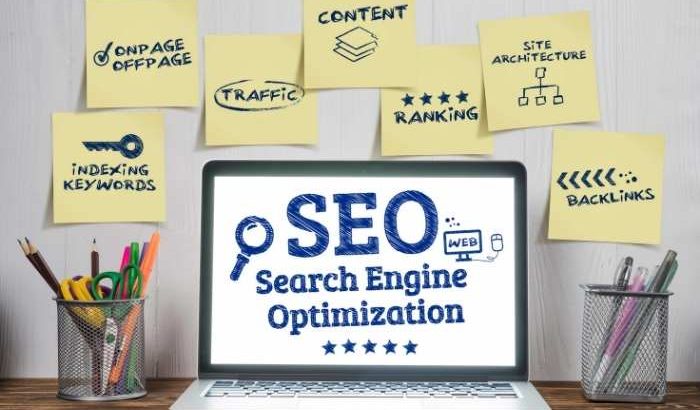SEO
How Design and SEO Go Hand-in-Hand

Higher search engine rankings = more website traffic = more opportunities to sell.
Everyone knows that.
But marketers can become so obsessed with rankings that they occasionally become too focused on clicks, which may harm your visitor’s user experience (UX).
In this article, we explore how you can have the best of both and how you can use great UX to help improve your search engine rankings.
Is UX Important in SEO?
Google keeps the algorithms they use for ranking search results a closely guarded secret.
What we do know for sure is that their ultimate goal is to deliver the very best websites when a user searches a query on their platform. With this fact in mind, it is easy to see that better UX makes your website more attractive to search engines and will ultimately help you rank higher.
Even if some UX best practices aren’t currently being measured by search platforms, the likelihood is that they will be in the future as search platforms seek to constantly deliver better results. Therefore, all improvements to UX are practically guaranteed to have a current or future impact on SEO.
Initially, search engines primarily focused on keywords and how regularly they were used in a piece of content. This created several obvious issues – websites were stuffed with keywords, which was good for search engine rankings, but made for horrible user experiences.
Since then search platforms have become more switched on to UX and work hard to update their algorithms to promote websites that are easier to use and better answer queries. Take for example the fact that websites that perform better on mobile and have faster load times now do better in search engine results.
Better UX = Better SEO
We have established that better UX makes for better search engine performance. But what does this mean in practical terms? Below we explore some ways you can improve your UX whilst simultaneous improving your SEO.
Format Your Content Clearly
A 2000 study by Microsoft found that the average attention span was just 8 seconds long.
Helping visitors find exactly what it is they are looking for on your website will help you grab their attention and hold it for long enough to convert them into customers.
Making pages clear and easy to navigate makes for a much better user experience. Doing this is also a fantastic way to highlight to search engines what your page is all about and what topics it offers value on.
Using clear headings (H1, H2, H3) will make it clear to search engines and visitors how your content is laid out and which aspects are most crucial. Spending time to ensure that you use the most suitable keywords and key terms in the most relevant places will also help.
Also, try including images that further explain your content, as this will boost the user experience. Including clear, concise alt descriptions will ensure that search engines are also able to pick up on the value of these images.
Speed Up Your Website
Slow load speeds are both frustrating to visitors and used as an indicator of a bad website by search engines.
Working to shorten the time it takes for your website to load is a great strategy to improve the user experience whilst making your website more attractive to search engines.
It is suggested that a massive 40% of website visitors would abandon a site that takes more than 3-seconds to load. This is likely the main reason why search engines use load speeds as an indicator of website quality.
When it comes to reducing your website load time there are lots of technical things you can do. However, a few simple changes and updates include:
- Compress file sizes such as images
- Remove page elements that are not crucial
- Don’t host videos on your website, use an external platform like YouTube or Vimeo
- Find a better website host
Lower Your Bounce Rate
Your bounce rate indicates how useful the content of your website is.
Google define it as “single-page sessions divided by all sessions”. Your bounce rate percentage is the percentage of people who visit your website and leave immediately without clicking through to any other pages.
The ultimate goal of your website is to drive engagement and convert customers. If a visitor leaves without clicking through to anything else, it is unlikely that you will achieve this goal. It also indicates that your visitor hasn’t found what they are looking for on your site and have had to go elsewhere.
Working on the areas we previously mentioned (site speed and correct formatting) will help lower your bounce rate. Including clear calls to action will also help keep users engaged.
Aim for Longer Session Durations
Assessing your average session duration can help you improve UX and search engine rankings.
Session duration indicates to search engines that the page they suggested doesn’t contain the content the searcher was looking for. This will then lead to your page being pushed down the rankings as a result.
Consider your average session duration and bounce rate as a vote of confidence in or against your website:
- A high bounce rate or low session duration indicates the page doesn’t answer their query, this is a vote against your website.
- A low bounce rate or high session duration indicates the content answers their query well, this is a vote for your website.
Long-form content can be a good way to increase session times. However, unless your content is also relevant, it is unlikely to demand visitors attention regardless of how long and details it is.
UX > SEO
We have dived into how creating a better user experience is better for SEO. However, it is important to remember that the real purpose of your website is to convince visitors that they should buy from you.
Arguably, UX is more important that SEO as without a great user experience, it doesn’t matter how many visitors you drive to your site through search engines, they are unlikely to ever become paying customers.
Using the tips in this article, you can get the best of both.




